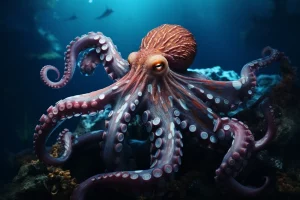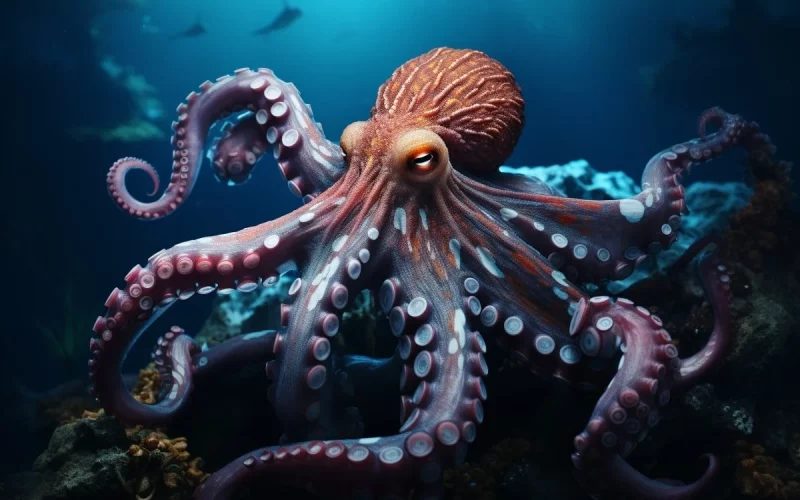This article is tailored for biology enthusiasts, curious minds, and those intrigued by the mysteries of marine life. Readers will benefit from unraveling the fascinating process of RNA editing in octopuses and squid, exploring its implications, and understanding the delicate balance between genetic conservation and adaptability.
Introduction:
Beneath the waves of Earth’s oceans exists a realm of wonder, where creatures of extraordinary adaptation and intelligence thrive. Among these inhabitants, octopuses and squid stand out as intriguing enigmas, showcasing a mastery over their genetic makeup that defies conventional understanding. At the heart of their genetic marvel lies the intricate process of RNA editing—a phenomenon that allows these marine creatures to rewrite their own genetic destinies without altering the core script of their DNA.
Unveiling Nature’s Genetic Editors: A Prelude to RNA Editing
To comprehend the intricacies of RNA editing, one must first grasp the fundamentals of genetic information transfer. The central dogma of molecular biology emphasizes the flow of genetic information from DNA to RNA to protein. DNA serves as the foundational blueprint, housing the instructions necessary for an organism’s development and function. However, this linear view of genetic expression only scratches the surface of the biological symphony that unfolds within living cells.

RNA Editing: Rewriting the Script of Genetic Expression
Enter RNA, the dynamic intermediary between DNA and protein synthesis. While traditionally viewed as a mere messenger, recent revelations highlight RNA’s transformative potential. RNA editing emerges as the key to altering the genetic script after it has been transcribed from DNA. This post-transcriptional modification involves specific changes to the RNA sequence, introducing variations that diversify the pool of potential proteins an organism can produce.
At the heart of RNA editing lies a class of enzymes known as adenosine deaminases acting on RNA (ADARs). These enzymes have the remarkable ability to modify adenosine bases within RNA molecules, changing them to inosine—a structurally similar molecule. Although seemingly subtle, this alteration can significantly impact the protein-coding potential of the RNA. In essence, RNA editing acts as a molecular fine-tuning mechanism, allowing organisms to adapt their genetic output in response to environmental cues or developmental stages.
Octopus and Squid: Masters of RNA Evolution
The intrigue intensifies when we turn our gaze to the cephalopods, a group of marine creatures renowned for their exceptional intelligence and adaptability. Octopuses and squid, both members of the cephalopod family, have long captivated researchers and the public alike with their intricate behaviors and otherworldly appearances. However, beneath their ink-spewing antics lies a genetic story that further elevates their mystique.
These creatures have taken the concept of RNA editing to new heights. While RNA editing is prevalent across various organisms, the extent to which it occurs in octopuses and squid is unprecedented. The gene-editing enzyme ADAR, traditionally associated with vertebrates, finds a prominent role in the cephalopod toolkit. This enzyme enables octopuses and squid to perform complex edits on their RNA, allowing them to craft a tailored genetic response to their environment.












